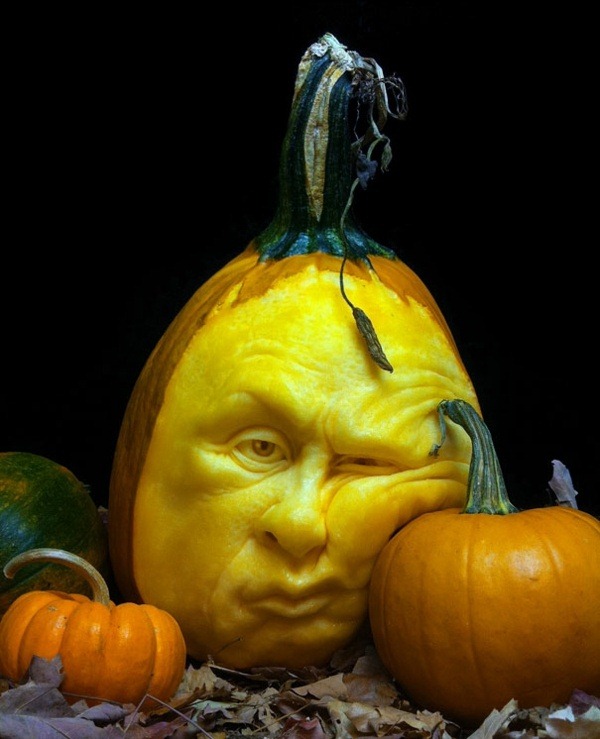Prepare for the Time Change
Prepare for the Time Change
that comes after Halloween
Uniform daylight saving time was established under the Uniform Time Act of 1966. This biannual shift between Standard Time and Daylight Saving Time is like a society-imposed jet lag that can throw off your body clock and disrupt your sleep patterns. In the Spring we set our clocks forward overnight and thus lose an hour of sleep, and in the Fall we have the opportunity to gain an hour of sleep.
It’s Confusing.
In a perfect world, we wouldn’t shock our circadian rhythms twice a year and instead would allow our body clocks to adjust naturally as the light-dark cycle changes from season to season. That’s the way most of Asia and Africa and parts of Australia and South America do it. They don’t observe the time shifts at all, and neither does Hawaii, Arizona, Navajo Indian reservations in Utah & New Mexico, and many US territories, like Guam and the US Virgin Islands. To make things even more confusing, the different states and countries pick different days to do the shift. In Texas it comes after Halloween, also known as All Hallows’ Eve and All Saints’ Eve.
It’s Not Beneficial.
Daylight Savings does not actually save energy as it was created to do in 1918 when President Woodrow Wilson signed it into law. Any savings from less use of artificial lights is negated by additional use of air conditioning.
Actually, It’s Harmful.
In the Spring, when we “spring forward” and lose an hour of sleep, there’s always a noticeable increase in fatal car accidents (17% in this study), an increase in workplace injuries (5.7% here), 25% more heart attacks, and a drop in work productivity (worth $434 million), highlighting the importance of sleep. Daylight Saving deprives morning people of an hour of tranquil morning light. But for others, it makes the days last longer, gives kids more time to play outside, and makes it more difficult for parents to get them to bed.
In the Fall, we might be tempted to stay up late at the Halloween party, watching TV, surfing the Internet, or doing chores; but the American Academy of Sleep Medicine (AASM) recommends using the extra hour to catch up on sleep debt instead. But whether we’re shifting forward or back, both time shifts disturb your sleep patterns and can harm your health, safety and performance, so here’s some advice to help you…
Prepare for the Time Change.
1. Adjust gradually.
If possible, adjust when you go to bed and wake up, starting several days before the imposed time-shift. In the Fall, shift forward 15-20 minutes more each day, and in the Spring, shift back. Who says you have to shock your system on a specified day? The technique is similar to what the government recommendations in “How To Travel the World Without Jet lag.”
2. Manage the Light.
In the Fall, as we prepare to shift back to Standard Time, the number of daylight hours decrease significantly, and it gets dark earlier each night, so artificial lights can be used to help you stay up. But don’t overdo it, and start turning off lights as it gets closer to bedtime. Stop using electronics an hour before bed, and begin wearing orange glasses, to lower the amount of blue-spectrum light that interferes with the body’s production of Melatonin, the sleep-inducing hormone that regulates your circadian rhythm. And in the morning get outside into bright sunlight as soon as possible or use high-intensity full-spectrum lights to supplement your morning routine, because that also helps to regulate your clock.
3. Don’t Stay Up Late.
It’s Fall, and you might think that the time shift gives you an excuse to stay up late, but know that it will take your body several days to adjust to it, and take the opportunity to catch up on sleep debt while preparing for the week ahead. If you sleep the extra hour, your mind and body will thank you, and that goes double for kids excited from Halloween. The extra sleep will help them recover from their sugar overdose, and you may notice a positive difference in their behavior.


But what about “spring forward”? This well researched Buzzfeed article adds additional insight into the many illogical and social effects of yearly time shifts. https://www.buzzfeednews.com/article/katiecamero/daylight-saving-time-impacts-health
RELATED ARTICLES:
Springing forward to daylight saving time is obsolete, confusing and unhealthy, critics say (Washington Post, 3/9/2019)
What is daylight saving time saving, really? Hint: it may not actually be time or money (USA Today, 11/5/2023) These next two articles add historical perspective. Daylight saving time came about as a way for wartime nations to save money. Modern research suggests, however, that we don’t actually save much.
Unpacking the century-long beef over daylight saving time (USA Today, 11/4/2023)